|
When Australian scientist Professor Graeme Clark, the inventor of what’s known as the bionic ear, was asked what he’d learned on his long journey of discovery, he quoted Winston Churchill’s words, ‘Never, never, never give up!’ It’s 1945, in the days when Camden was a rural area on the fringe of Sydney. Picture a young boy in the town pharmacy, watching his father’s daily struggle to communicate with his customers because of severe deafness. That image helps explain why, when the local Methodist minister asked ten-year-old Graeme Clark what he wanted to be when he grew up, he replied ‘an ear doctor’. READ MORE below.
0 Comments
What motivated top corporate banker and former NSW Premier Michael Baird to leave those powerful worlds behind to manage HammondCare? The reason was simply the heart-wrenching experience of watching his mother Judy lose mobility and independence. Mike shares the faith and vision of Robert Hammond , the legendary clergyman, who a century ago carved out a place in Australian history with his energetic determination to help those who could not help themselves.
Today Michael is working to grow that dream to meet the increasing demands of Australia's ageing population for kindness and care. Bob Hammond's remarkable story is very much alive. LISTEN to more of Robert Hammond's story below. Heroes come in different shapes and forms. Don Bradman became a national hero because of his feats on the cricket field. Ken Hansen’s achievements as a translator were hidden away from the public gaze in the remotest parts of Australia. I ask you, how many people have gone from coastal cities to central Australia and spent a lifetime raising their family among tribal Aboriginals? Not many is my guess.
Well, Ken and his wife Leslie went at the invitation of the Bindibi/Lorich people to learn their language and to give them their own written materials for the very first time. You’ll hear him explain their method of translation and answer questions about missionaries ‘interfering’ with culture. I recorded Ken’s story in a noisy coffee shop at the Bradman Museum in Bowral. I hope you can persevere with the sound here in part 1 of the extended interview as I think it is a great story. After you’ve heard it, you can make up your own mind as to whether he qualifies as a genuine Aussie hero. A mail truck driver who had regularly driven the 240 rugged miles from Bourke to Hungerford on the Queensland border recalled for me one his memorable trips in the 1930’s. ‘I loaded the two kids in the front and tied a rope across the open door to keep them from falling out. We got to Bourke at four in the morning and there were Mr and Mrs Drummond waiting for them on the railway platform to take them to Sydney for medical help and a holiday. Geez they were wonderful people! They were like Jesus Christ out here in the bush mate.’
Nancy Bird, Australia’s pioneer woman flier told me how she met Stanley Drummond in Dubbo as a 19-year-old on a barnstorming tour of NSW. ‘He was one of the first people who believed in me as a woman pilot,’ she said. She was soon based in Bourke flying nurses to remote outback villages for the determined minister’s Far West Children’s Scheme. This is the little-known story of a couple who I believe are authentic Australian heroes. When David Jones arrived in the colony of NSW in 1835, it was still very much a frontier environment. The days when rum had been the currency were not that far behind and the labouring population of Sydney was reputed to be raw and irreligious. Governor Bourke had been wrestling to shift the settlement from dependence on a convict-based work force towards a capitalist economy and participatory democracy.
The colony offered opportunity to talented, but little-educated settlers to rise in the social scale and develop gifts that had remained hidden at home. David Jones proved to be one of these and he not only prospered but he also became a respected civic leader in Sydney. Sadly, the true source of the spirit of excellence he brought to the business life of the city has not only been forgotten it’s been abandoned. The young Welshman had absorbed a strong ethic of honesty and hard work through living in Congregational church communities in Wales and London. He faced a tough challenge after crossing 14,000 km of ocean to set up shop in a hard-nosed business community that was aggressively expanding the colonial economy of the mid-1800’s. This is the story of how he and a unique community of Christian entrepreneurs, set about changing that culture and shaping Australia. My son Chris grew up in Bourke and gained radio skills through community station 2WEB. His HSC video major work at Dubbo South High earned a place in Art Express, so it was natural that these talents became the basis for a career in television. Eventually, his feel for the bush and interest in communicating Aboriginal stories fitted well with his role as a producer for NITV.
I was delighted when he presented me with his painting of Aboriginal civil rights leader Bill Ferguson for my birthday. It’s such a great Australian story, but little known. When I showed it to our friend, Wiradjuri elder Riverbank Frank Doolan, he immediately identified with it because he had worked long and hard to have Bill’s role as a pioneer activist recognised in Dubbo and beyond. Here is Frank’s response to what he saw in the painting. WATCH as Frank explains why he was excited about Chris' painting. |
AuthorJoin The Outback Historian, Paul Roe, on an unforgettable journey into Australia's Past as he follows the footprints of the Master Storyteller and uncovers unknown treasures of the nation. Archives
October 2023
Categories
All
|
|
Sponsored by
|
Privacy Policy
|
|
Copyright 2020 by The Outback Historian
|
Site powered by ABRACADABRA Learning
|

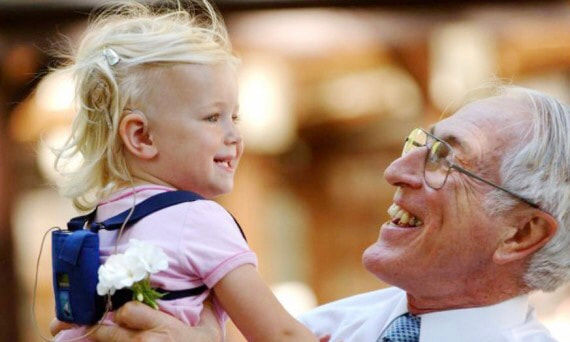
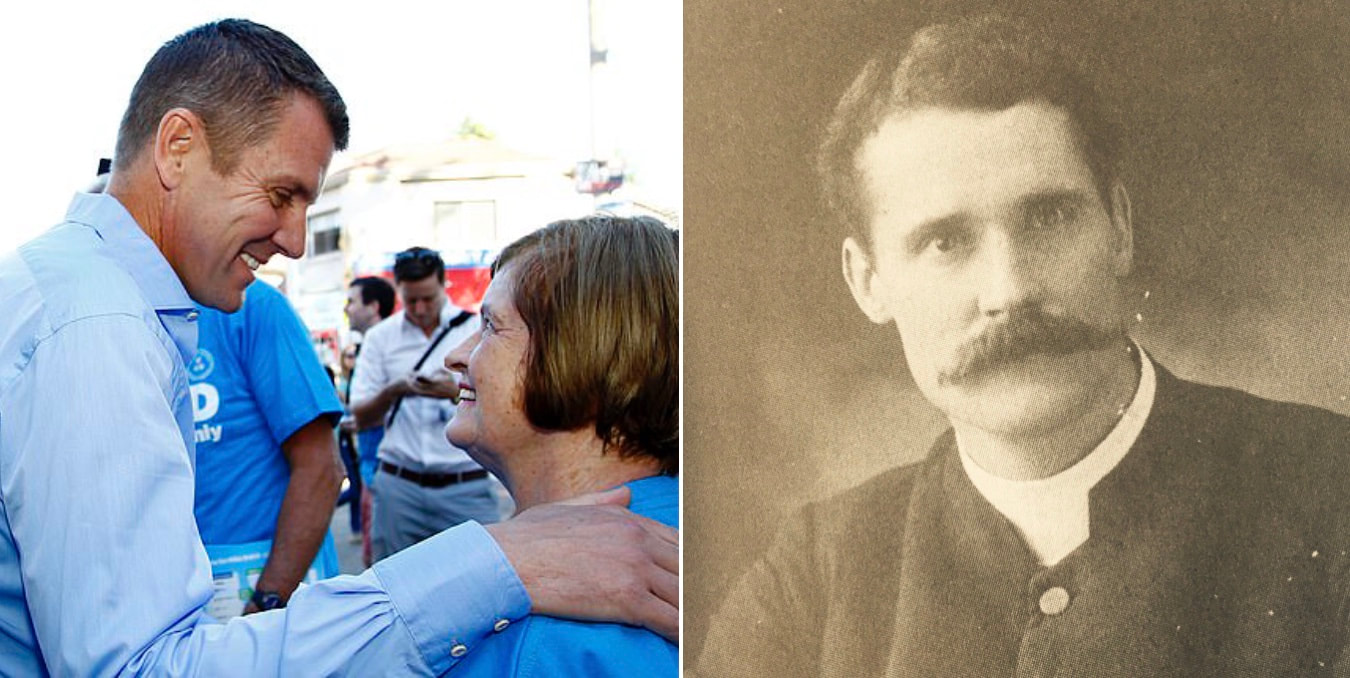
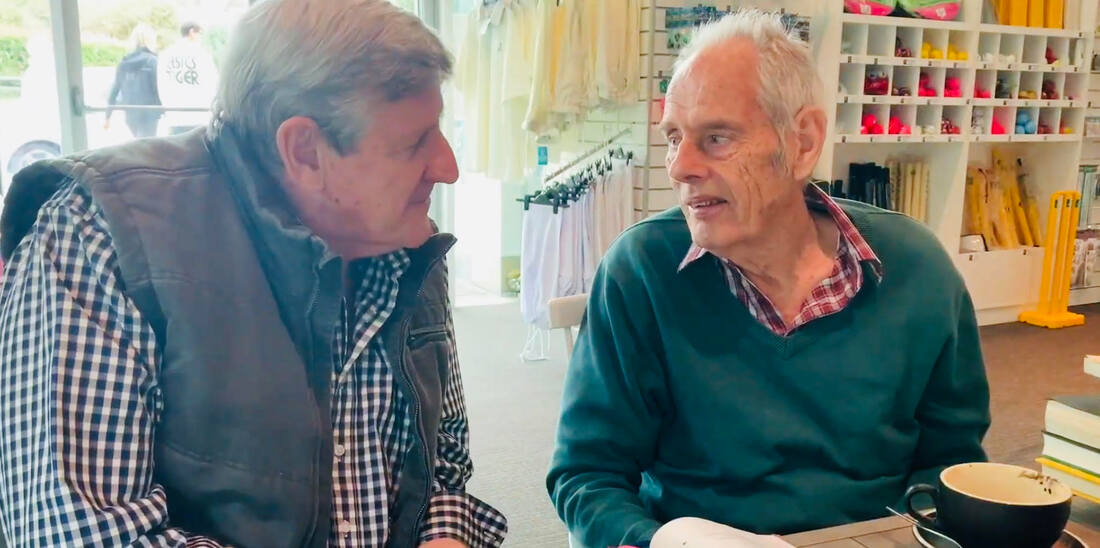
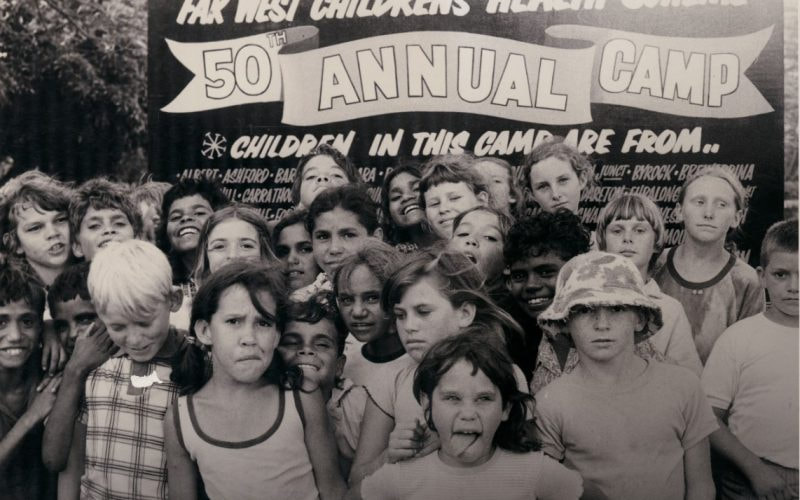
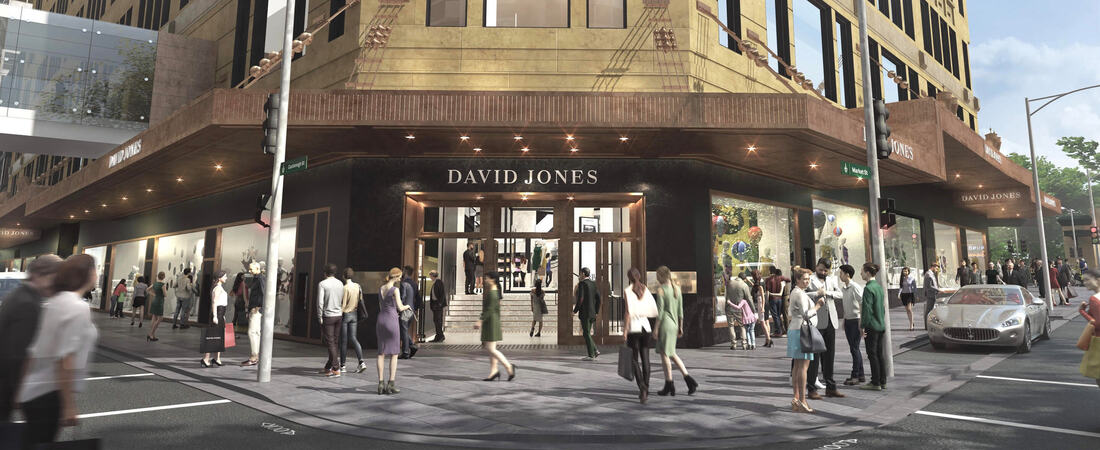
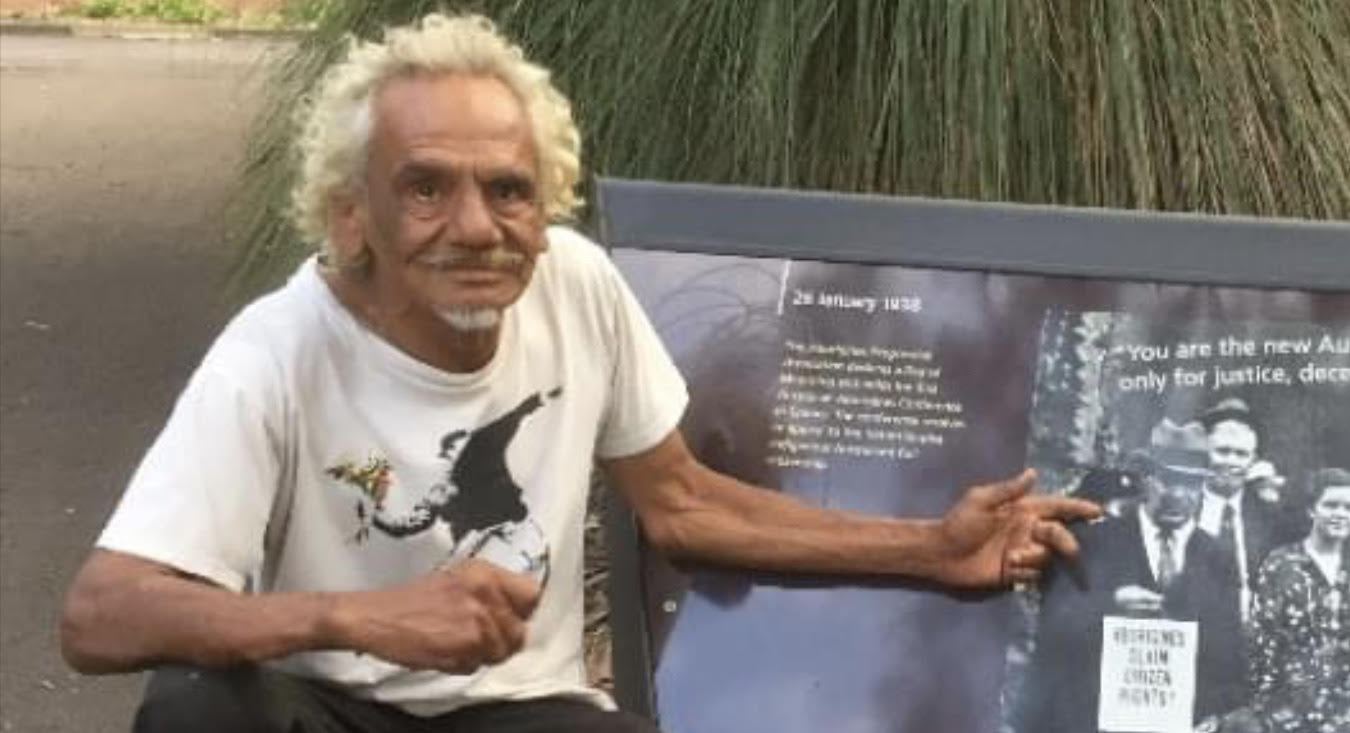
 RSS Feed
RSS Feed

